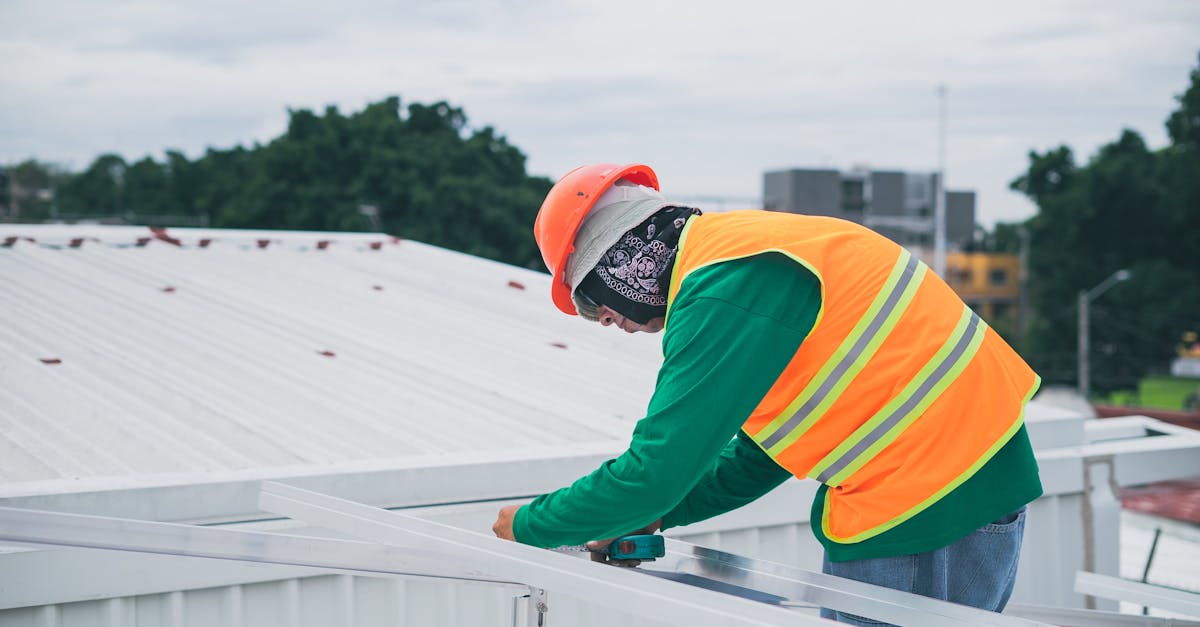Ceramic For Metal Roof Substitution Sydney

Table Of Contents
Ceramic For Metal Roof Substitution Sydney
When considering a roofing solution that balances durability and aesthetics, many homeowners in Sydney are turning to tile or ceramic options for metal or aluminum roofing replacement. These materials offer significant advantages, including resilience against the harsh Australian climate and enhanced insulation properties. Among the various considerations for such a project, Roof Insulation Options Sydney emerge as a crucial factor that can significantly impact energy efficiency and comfort within the home.
As homeowners seek to improve their properties, the choice of roofing materials has never been more vital. The rise in popularity of tile and ceramic roofing in Sydney reflects a growing awareness of not only visual appeal but also functionality. As part of this trend, exploring roof insulation options sydney allows residents to benefit from effective temperature regulation, which can lead to reduced energy costs and a more sustainable lifestyle. By understanding the variety of insulation available, homeowners can make informed decisions that will enhance the longevity and performance of their roofing systems.
Benefits of Converting from Slate Roofing to Steel
Converting from slate roofing for metal offers numerous pros for homeowners. A primary pro is durability. Metal roofs are recognized for their ability to withstand harsh weather conditions, such as heavy rain, snow, and strong winds. Such a strength means into a longer lifespan compared to traditional slate options. In addition, metal roofs are more lightweight, making installation easier and more cost-effective for homeowners.
An additional benefit of changing to metal roofing is the efficiency of energy use. Aluminum roofing reflect sunlight, which can help lower cooling costs during hot summers. Such reflective properties not only contribute to lower energy bills, and they also support a more comfortable indoor environment. Additionally, many metal roofing options are designed to be environmentally friendly, creating a sustainable choice for homeowners looking to improve their home's efficiency.
Why Transitioning to Metal Roofs for Sydney
Transitioning to metal roofs represents a significant decision for homeowners of Sydney. The form of roofing provides improved resilience to withstand extreme weather conditions, which is crucial in the local climate. Additionally, metal roofs demand minimal maintenance, conserving homeowners time and money during the years.
An additional benefit of changing to metal roofing is their ability to save energy. Metal roofs reflect heat effectively, which can aid in reducing air conditioning costs during the hot summer months in Sydney. Furthermore, these roofs are sustainable, often made from recycled materials and being fully recyclable at the end of their lifespan. This blend of benefits makes this option to upgrade to metal roofing a smart investment for homeowners of Sydney.
Common Problems During Upgrading Tile Roofs to Aluminum
Upgrading slate roofing to metal can pose several issues for homeowners. One challenge is the load difference between slate and metal materials. Slate roofing are generally heavier, which may require reinforcements to the existing roof structure to ensure the roof can support the new material. Further, the conversion from a roofing type to the other often requires compliance with local building codes, which can add complexity to the project.
A further frequent challenge involves the potential for leaks or gaps during the installation process. Metal roofs require precise fitting and sealing to prevent water infiltration, which can lead to problems down the line. Insufficient installation techniques may not only compromise the roof's integrity but also result in higher maintenance costs. Furthermore, the shift in roofing style may also affect the home’s overall aesthetic, prompting residents to evaluate their choices carefully before proceeding.
How to Address Problems in Roof Upgrade
Replacing a metal roof from a tiled roof can present various problems. One concern is a structural integrity of the existing framework. Prior to the installation, it is essential to assess the condition of the underlying structure. Any weaknesses in the frame can lead to setbacks during the replacement process. Conducting necessary reinforcements can ensure a successful transition to the new roofing material.
A significant issue that may arise is the adaptation of the roof's layout. Metal roofing systems can differ greatly in design compared to tile roofs. Homeowners should consider how the new roof will blend with the overall architecture of their home. Thoughtful planning and consultation with roofing professionals can help in selecting a style that complements the existing structure. Such steps can considerably enhance both the performance and visual appeal of the home.
The Installation Steps for Tile to Steel Roof Replacement
Transitioning the ceramic roof for steel often is an important renovation endeavor. This fitting procedure requires detailed preparation and a appropriate materials. First, a old roof must be carefully removed, that ensures a strong structure for the new steel roof.
Next, a fitting for new steel roof is able to begin. This procedure involves laying each steel panels in the ready system. Correct sealing and fastening are essential to ensure water resistance and longevity. Ultimately, the concluding inspection takes place necessary to confirm all aspects remain implemented accurately.
Guided Overview of Roof Transition Fitting
Switching your ceramic roof to a steel roof can look challenging at first. Nonetheless, with a step-by-step overview, this process turns easier. First, it is critical to evaluate the existing tile roof for any damage or vulnerabilities. Next, gently remove the tiles while confirming the underlying structure remains intact.
Once the tiles are removed, placing the metal roofing needs proper preparation of the decking. This step involves installing a moisture barrier to safeguard the roof from water damage. Then, the metal panels can be attached to the roof structure with the appropriate fasteners. Finally, it is vital to ensure all seams are sealed properly to prevent leaks. Finishing the project involves a thorough inspection to confirm everything is installed correctly.